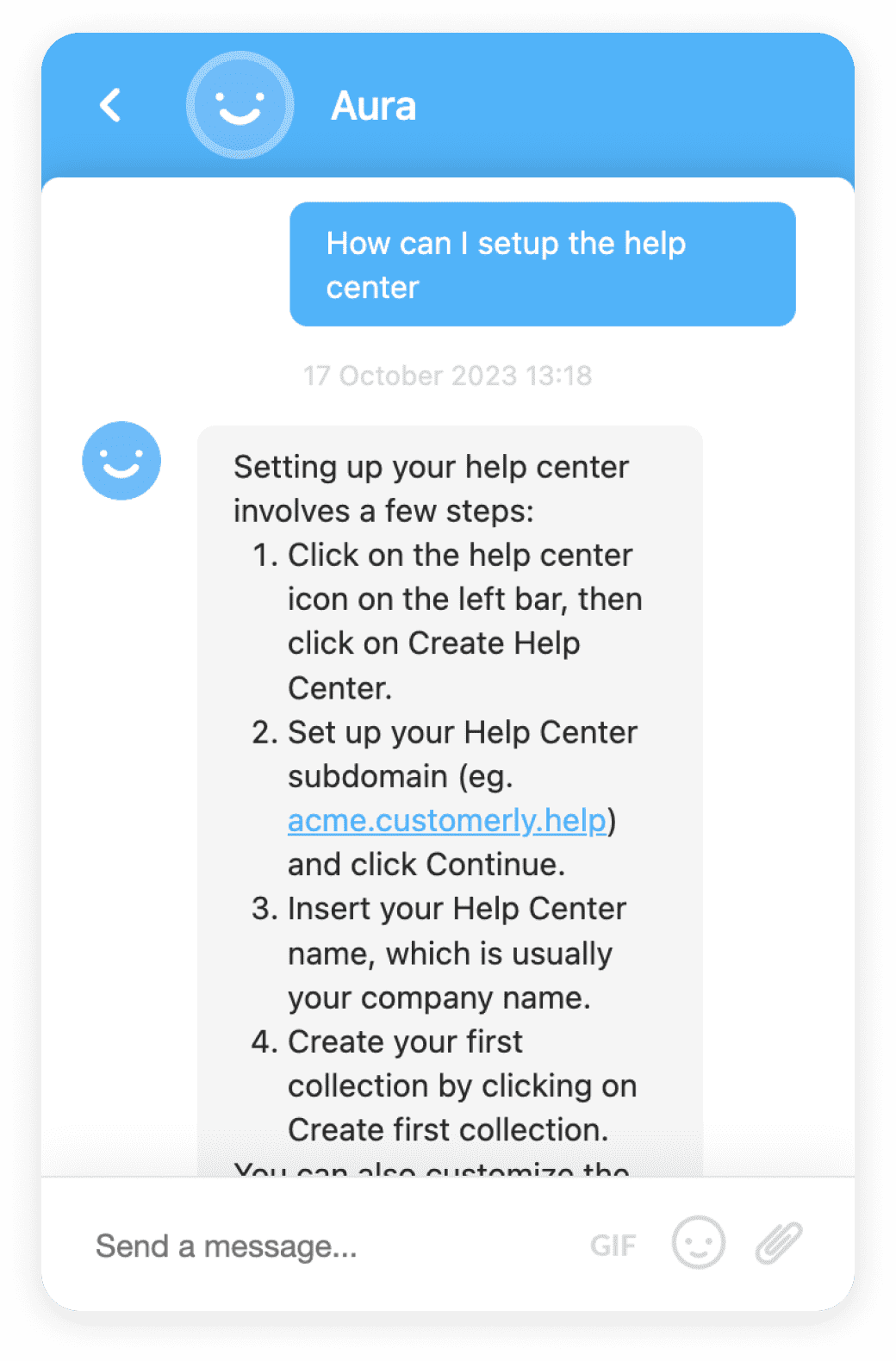SDN (Software-Defined Networking)
Learn about SDN (Software-Defined Networking), a technology that centralizes network control and improves performance through programmable interfaces.
Definition
Software-Defined Networking (SDN) is a cutting-edge approach to network management that allows dynamic, programmatically efficient network configuration to improve network performance and monitoring. This technology centralizes control by separating the control plane from the data plane in network switches and routers.
Usage and Context
In an SDN, a network administrator can shape traffic from a centralized control console without needing to touch individual switches. This helps to keep the network as a whole more secure and manageable. SDN is designed to be adaptable to the dynamic nature of changing business applications.
FAQ
What is the main purpose of SDN?
The main purpose of SDN is to simplify network management and enable programmable network interfaces.
How does SDN work?
SDN works by separating the network control plane from the forwarding plane, enabling network control to be directly programmable.
Related Software
Some of the related software includes OpenFlow, Cisco ACI, VMware NSX, and Juniper Contrail.
Benefits
SDN offers several benefits such as centralized control, lower costs, cloud abstraction, and network flexibility.
Conclusion
SDN is revolutionizing the networking field by providing a flexible, scalable, and programmable networking architecture. It is a promising technology that can help businesses to streamline their network operations and increase efficiency.












